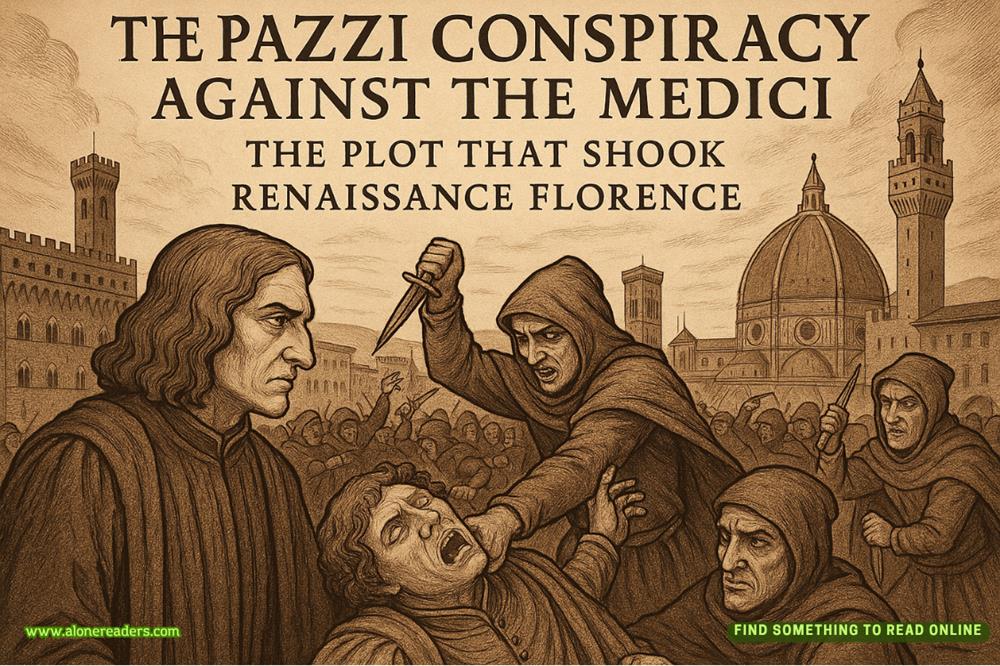When Kit approached him, Roger said: ‘Are you the manager?’
Kit nodded.
‘I’m looking for Mr Barrowfield.’
‘I’ll take you to him,’ Kit said, smiling warmly.
‘Who are you?’ Roger said.
‘Have I changed that much, Mr Riddick?’
Roger looked hard at him for a moment, then his face broke into a big smile. ‘Oh, my soul! You’re Kit!’
‘I am,’ said Kit, and they shook hands enthusiastically.
‘But you’re a man!’ said Roger. ‘How old are you?’
‘I’m nineteen.’
‘Goodness, I’ve been away a long time.’
‘You have. We’ve missed you. Come this way.’
Kit took Roger to the office. Amos was delighted to see his old school friend after so many years. Together the three of them toured the mill, which was the one Amos had bought from Mrs Bagshaw.
The old mill produced only military cloth now, but this one was more varied. Half a dozen weavers on the top floor made special fabrics that sold for high prices, such as brocade, damask and matelassée, with complex multicoloured patterns.
Roger looked intently at one of the looms. Each warp thread passed through a loop in a metal control rod that had a hook on the other end. Making simple cloth, a weaver would use the hooks to lift every other thread then shoot the shuttle through the gap, called the shed. He would lift the alternate threads for the return shot, making a plain in-and-out weave. With patterns, such as stripes, the rods had to be lifted a few at a time in a sequence that might go twelve up, twelve down, six up, six down, and so on. This job was done by a secondary weaver called a draw boy, often sitting on top of the loom. The more elaborate the pattern, the more times weaving had to pause while the changes were made. The operators had to be skilled and diligent, and the process was time-consuming.
Roger spent several minutes watching Amos’s most experienced men, then he took Amos and Kit aside so that they could not be heard by the hands. ‘There’s a man in France who has thought of a better way to do this,’ he said.
Kit felt excited. He shared Roger’s love of machines. It was Roger who had first shown Amos a spinning engine. ‘Go on,’ Amos said.
‘Now,’ said Roger, ‘each time the pattern changes, the draw boy has to lift a different selection of control rods, according to the instructions of the designer – you, in this case, I presume.’
Amos nodded.
‘The new idea is that all the control rods are pushed up against a large card, made of pasteboard, that has holes punched in it according to your design. Where there is a hole, the rod passes through; where not, it is deflected. This replaces the lengthy process of the draw boy moving the control rods one at a time. When the pattern of stripes or checks changes, a different card comes into play, with holes in different places.’
Kit thought about that. The concept was blindingly plain. ‘So...you can change the pattern as often as you like just by switching cards.’
Roger nodded. ‘You were always quick to pick up these things.’
‘And you can have as many cards as you like.’
Amos said: ‘This is brilliant. Who on earth thought of it?’
‘A Frenchman called Jacquard. It’s the very latest thing. You can’t even buy such a machine in England. But it will come, sooner or later.’
Kit was dazzled. Amos would be able to make fancy fabrics twice as fast, maybe even quicker. If this machine was real, and if it worked, Amos had to have one – or several, more likely.
Amos, too, had seen that. He said: ‘As soon as you hear of one for sale...’
‘You’ll be the first to know,’ said Roger.
*
Sal had changed, Spade thought, since she came out of prison. She was thinner, less jolly, tougher. Perhaps it was the hard labour that had altered her, but he suspected something else had happened in that jail. He did not know what and he did not ask: she would tell him if she wanted him to know.















